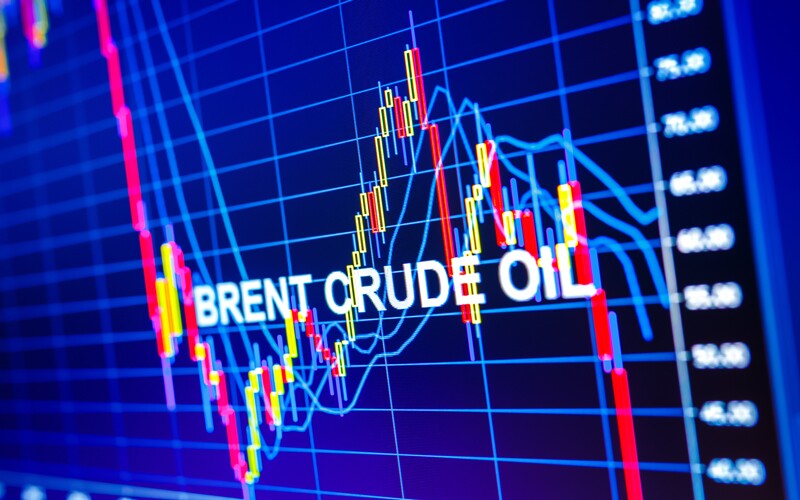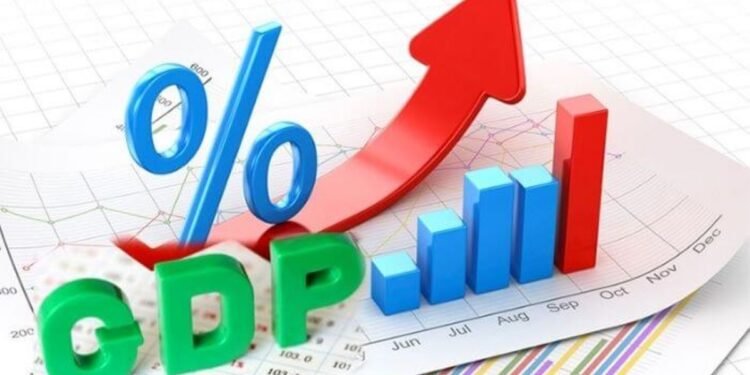Global oil markets opened the week on a firmer note as traders weighed the growing risks of supply disruptions from Russia against OPEC+ output increases and looming U.S. tariff threats.
By mid-day trading, Brent crude futures were up 0.61% at $68.14 a barrel, while West Texas Intermediate (WTI) gained 0.71%, to $64.11.
The move reflects persistent geopolitical tension, particularly the risk of further sanctions on Moscow and continued Ukrainian strikes on Russian energy infrastructure.
“The market is somewhat concerned that these peace negotiations are going nowhere.
“While expectations are for supply to exceed demand later this year, the near-term outlook is clouded by the possibility of major geopolitical disruption.”
Ole Hansen, head of commodity strategy at Saxo Bank
U.S. President Donald Trump has once again raised the specter of fresh sanctions on Russia if peace negotiations over Ukraine fail to show progress within two weeks. He warned that Washington would “act decisively” if Moscow did not make meaningful concessions.

At the same time, the U.S. administration has been tightening its stance on countries that continue to purchase Russian oil. India, one of the largest buyers of Russian crude since the war began, could face harsh secondary tariffs if it maintains those imports.
Ukraine has repeatedly targeted Russian energy assets throughout the three-and-a-half-year war, aiming to undermine the Kremlin’s ability to finance its military campaign.
On Sunday, Kyiv launched a drone strike on Russia’s Ust-Luga fuel export terminal, sparking a massive blaze, according to Russian officials.
In a separate attack, the Novoshakhtinsk refinery in southern Russia has been burning for four consecutive days following another drone strike.
The Novoshakhtinsk facility, which has an annual processing capacity of 5 million metric tons, or about 100,000 barrels per day, is a major exporter of refined fuels.
Its disruption is already raising concerns about Russia’s ability to sustain export levels if attacks persist.
OPEC+ Output Increases Counterbalance Risks

Balancing fears of Russian supply shortages is the decision by OPEC+ to reverse earlier production cuts, injecting millions of additional barrels into the global market.
The group, which includes Saudi Arabia and Russia, is scheduled to meet on September 7, with eight member states expected to formally approve another supply boost.
Saxo Bank’s Hansen noted that these production increases have helped temper price spikes. “Without OPEC+ bringing more supply, Brent would almost certainly be trading above $70 already,” he said.
Still, with inventories already shrinking in several major consuming regions, analysts warn that any prolonged disruption to Russian exports could overwhelm OPEC+’s efforts.
Adding a layer of support to commodities was Federal Reserve Chair Jerome Powell’s speech at Jackson Hole on Friday, where he suggested the balance of risks now tilted toward weaker growth.
Powell did not explicitly commit to a September interest rate cut, but markets interpreted his comments as opening the door.
Markets Still Lack Conviction

Despite the upward move, analysts caution that momentum remains fragile. Priyanka Sachdeva, senior market analyst at Phillip Nova, said investors were reluctant to push prices much higher given the uncertain demand outlook.
“Both Brent and WTI are trading with limited conviction.
“While geopolitical risks are providing near-term support, markets increasingly believe that Trump’s tariff policies could weigh heavily on global growth.”
Priyanka Sachdeva, senior market analyst at Phillip Nova
The combination of sanctions, tariffs, and a slowing global economy could undermine oil demand even as supply risks intensify.
For now, traders appear to be balancing these competing forces, leaving prices in a tight range just below the $70 mark.
As the September OPEC+ meeting approaches, markets will be watching for signals on how far producers are willing to go in expanding supply.
Meanwhile, the next two weeks of diplomacy or escalation between Washington, Moscow, and Kyiv could prove decisive in shaping oil’s short-term direction.
For now, the world’s energy traders remain caught between two powerful narratives: one of ample supply from OPEC+ and another of potential scarcity should the Ukraine war intensify or U.S. sanctions bite harder.
READ ALSO: Ghana Set to Smash All 2025 Economic Targets – IC Research Hails Strong H1 Performance























